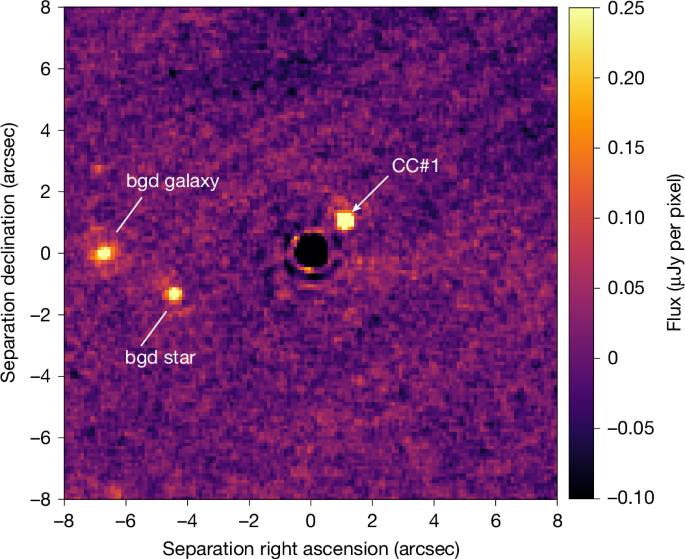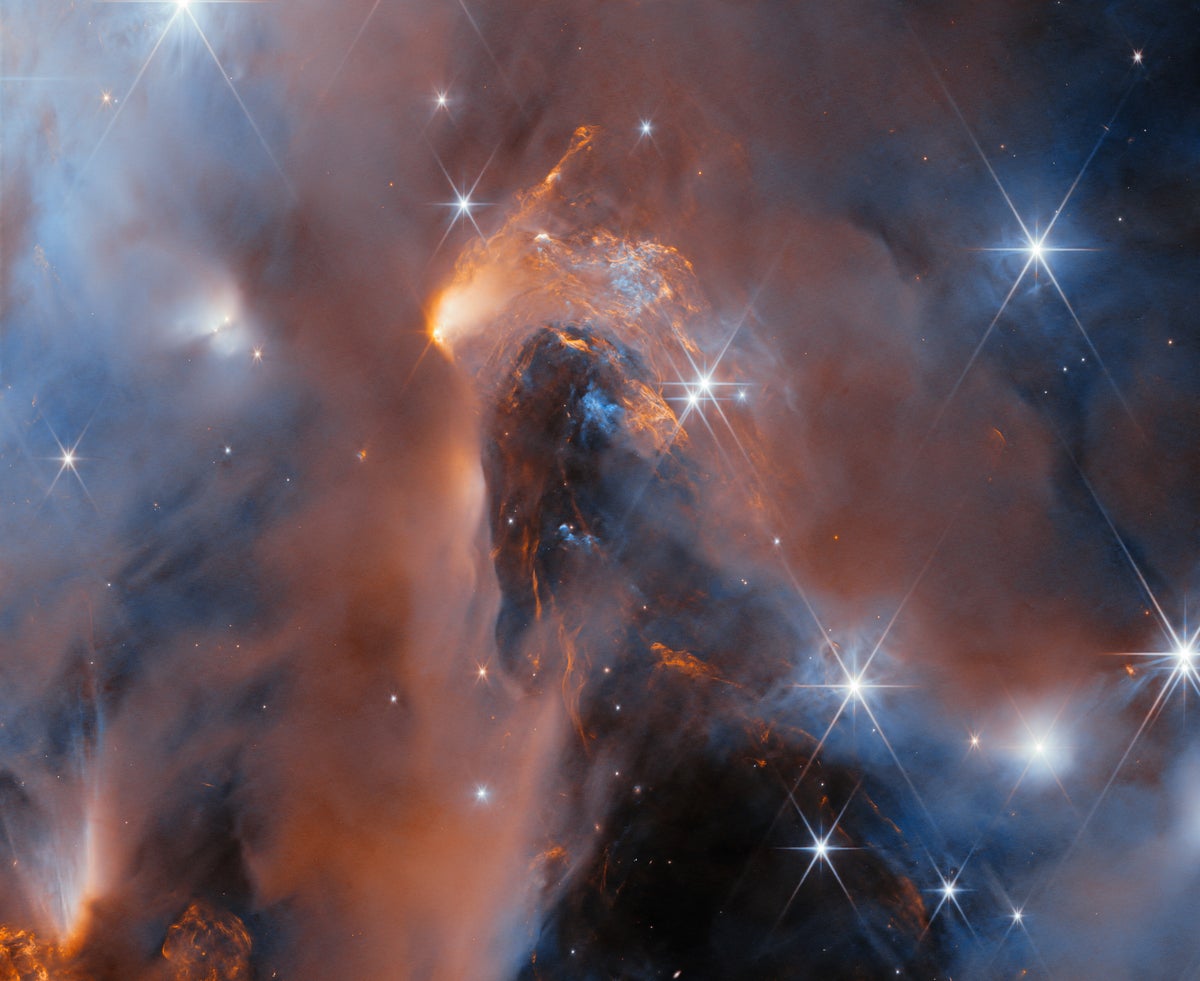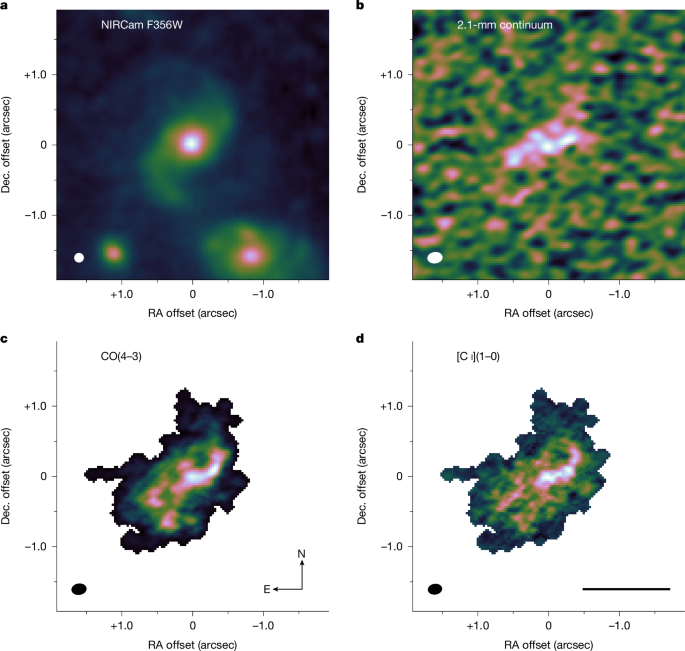#star-formation
#star-formation
[ follow ]
#astronomy #james-webb-space-telescope #galaxies #molecular-clouds #eos #space-telescope-advent-calendar
fromThe Atlantic
1 week agoDay 4 of the 2025 Space Telescope Advent Calendar: Hot Stars in the Lobster Nebula
Day 4 of the 2025 Space Telescope Advent Calendar: Star Birth in the Lobster Nebula. NASA's James Webb Space Telescope recently imaged a region where the radiation and winds from a group of superhot infant stars are blasting and sculpting dense clouds of surrounding dust.
Science
fromArs Technica
1 month agoRunaway black hole mergers may have built supermassive black holes
The researchers used cosmological simulations to recreate the first 700 million years of cosmic history, focusing on the formation of a single dwarf galaxy. In their virtual galaxy, waves of stars were born in short, explosive bursts as cold gas clouds collapsed inside a dark matter halo. Instead of a single starburst episode followed by a steady drizzle of star formation as Garcia expected, there were two major rounds of stellar birth. Whole swarms of stars flared to life like Christmas tree lights.
Science
[ Load more ]





